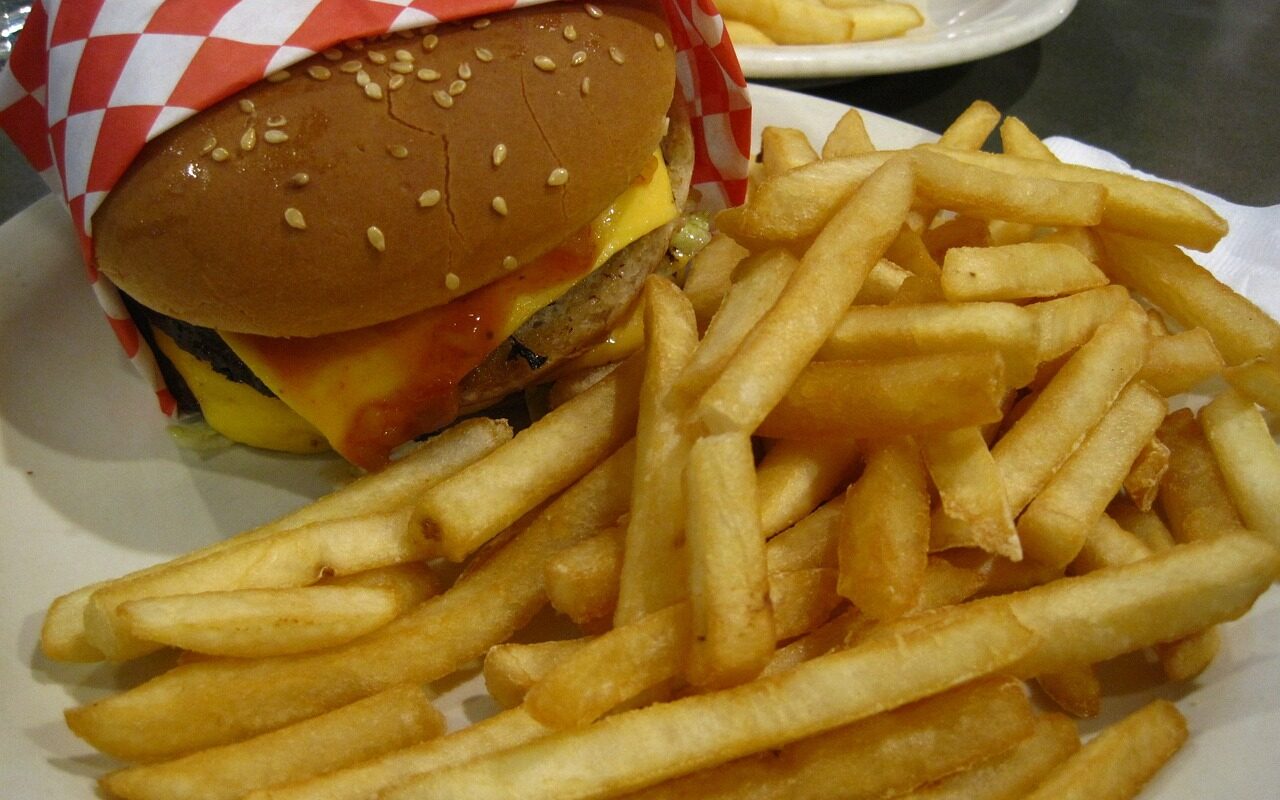Last year amid the pandemic most fast-food chains were changing their market strategies quickly. The new approach could be called “the necessary things come first” and employed two major strategic shifts (see my piece on McDonald’s here):
- focus on the main menu items like burgers or pizza while removing unpopular sides, salads, and special offers;
- concentrating on efficient production and fast delivery as remote customers valued these parts the most.
The situation has been normalizing recently. Many uncertainties still remain about the vaccinations’ long-term effectiveness and the possibility of the new more contagious virus strains emerging but skies definitely look brighter now. This led to customers flocking back to public places and public consumption patterns. So it is interesting to explore what strategies the most popular fast-food chains use now in order to divert the client flow to their restaurants.
New product: It’s all about chicken now
Crispy chicken sandwiches are suddenly all over the place (see). Virtually every popular chain has lately launched a beefed up (sorry, chickened up) version of their chicken burgers.
Several factors contributed to this. Many customers consider chicken to be a better choice diet wise and while they still come to the restaurants to get a nutritious serving chicken meat seems a leaner choice. Besides, those YouTube culinary channels you have been watching during the lockdown created the impression (and mostly correctly so) that fast-food offers could do better in terms of ingredients, quality, and look of the dish. But most importantly, it seems that consumers do not just want to get back to normal. They want a better normality. Come on, we have learned to routinely work from home, drive robot augmented electric cars, and watch tourist shuttles shooting into space weekly, but still cannot get a fancy burger?
New sales technique: Mobile apps deals
The returning of the consumer to the brick-and-mortar restaurants after a long hiatus offers a great possibility to change the customers’ brand loyalty. Everybody is more open to something new nowadays. Life after COVID may change and even improve, so many people give it a chance. In this situation, it is crucial to make a customer visit your chain at least once. Hence the ubiquity of deals and free offers (see and see).
Nevertheless, this time the deals marketing strategy comes with a hint. The promo offers hidden tagline is “Get into their smartphone and you will get into their lives”. So it is natural that most ads are connected to encouraging customers to download the chain’s mobile ordering app, start using it for the first time, or turn mobile orders into a habit.
New marketing: Special celebrity branded meals
Another usual way to drive customers into your venues is teaming up with celebrities to advertise your product. The current marketing cycle seems to have developed a new approach in this field as well. Now it is often the merchandise concept, so heavily relied upon by online personalities and influencers, but tailored to the dining out business: special meal offer named after a celebrity (see).
Basically, it is bringing the Nike Jordan brand endorsement strategy to the table. In this instance, however, it looks like the public personalities providing their names for the campaign get more from these contracts. Not only do they get paid for their name, but they also get their name (which is essentially the name of their brand) promoted. Fast-food companies in their turn get a chance to increase the impact of their ad message by using the combined power of both brands, as well as attract some of the younger celebrity-oriented customer segments.
New production: Delivery-only kitchens
Some players on the fast-food market go even further: they try to incorporate the lessons learned during the pandemic into their new business-as-usual strategies. At least two of the nationwide food chains announced that they will be relying on the delivery-only kitchen sites in the future (see).
If successful, this move could lead to a major overhaul in the public eating market. Fundamentally, two aspects of this new production approach are important in terms of strategy. First, it is fairly probable that after some time relishing the freedom of dining out, at least some of the consumers will recall that food delivery services nowadays are quite fast, convenient, and their quality is actually nice. In this case, we can see the second wave of interest in the delivery-based food segment. Second, this basically is an initial step in the direction of fast-food companies going downstream. There is a serious chance that the food chains could gain momentum and go after the market disrupters like delivery services and order integrators.
Conclusion: Your strategy must constantly evolve
The pressure and the creativity, with which fast-food chains are attacking the food services market nowadays, shows that any business can revive and thrive on the market after some hard periods. It is just crucial that you are adaptable, learn from the environment, ready to develop new ways, and eager to take some risks.
